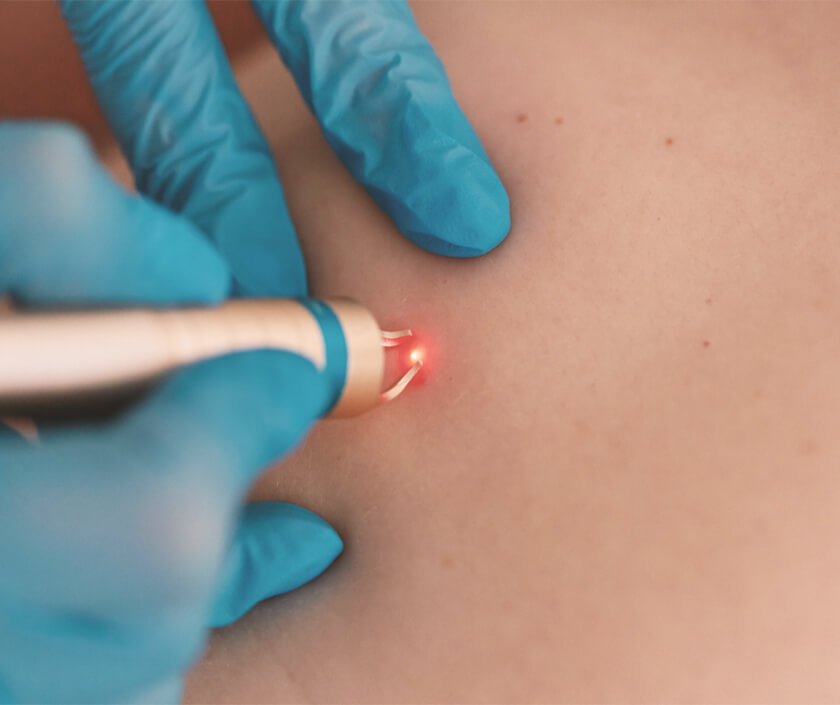Millions of people worldwide suffer from sleep disorders, with insomnia being one of the most common. While traditional treatments often involve medications, light therapy offers a natural, non-invasive solution to regulate circadian rhythms and improve sleep quality. In this blog, we’ll explore how light therapy is helping individuals overcome sleep-related issues.
How Light Therapy Helps with Sleep Disorders
Light therapy works by regulating the body’s circadian rhythm, the internal clock that controls sleep-wake cycles. Exposure to bright light during the day, particularly in the morning, helps reset the circadian rhythm and improve sleep quality. This is particularly effective for individuals suffering from insomnia, delayed sleep phase disorder, or jet lag.
Benefits of Light Therapy for Sleep
- Improved Sleep Quality: Light therapy can help individuals fall asleep faster and experience deeper, more restful sleep.
- Non-invasive Treatment: Unlike medications, light therapy is a natural solution with no side effects, making it ideal for long-term use.
- Regulated Sleep Patterns: Consistent use of light therapy helps regulate sleep patterns and combat issues like insomnia and circadian rhythm disorders.
Market Outlook
As awareness of light therapy’s benefits for sleep disorders grows, the demand for light therapy devices designed for sleep improvement is expected to increase. The global light therapy market is forecast to grow at a CAGR of 5.7% from 2024 to 2030, driven by the increasing focus on natural health solutions.
Conclusion
Light therapy is emerging as a powerful tool in the treatment of sleep disorders, offering individuals a safe, natural way to improve their sleep quality. As more people seek non-invasive solutions for better sleep, the demand for light therapy devices will continue to rise.

